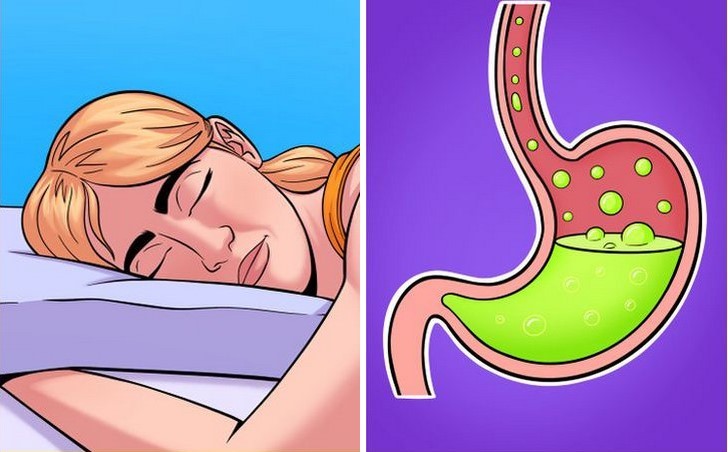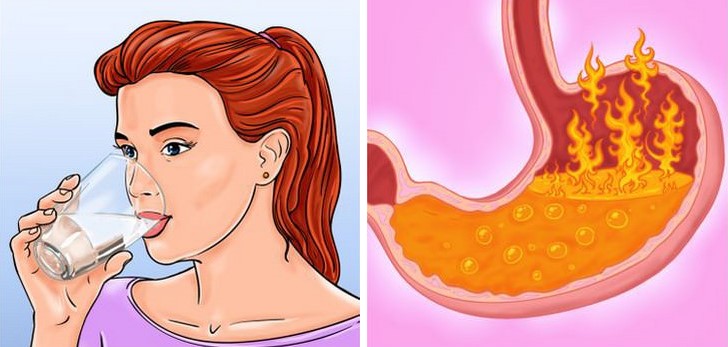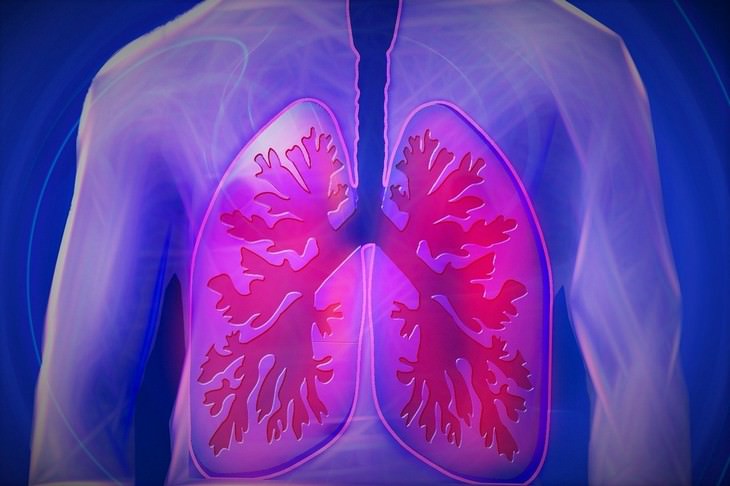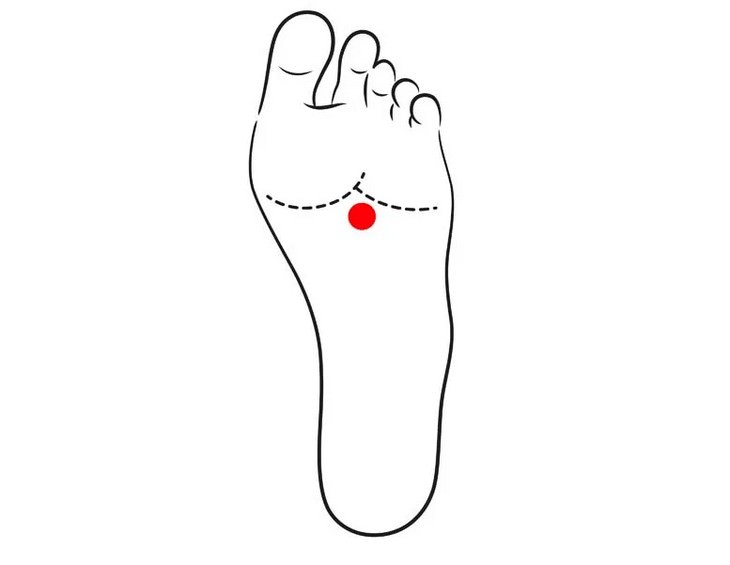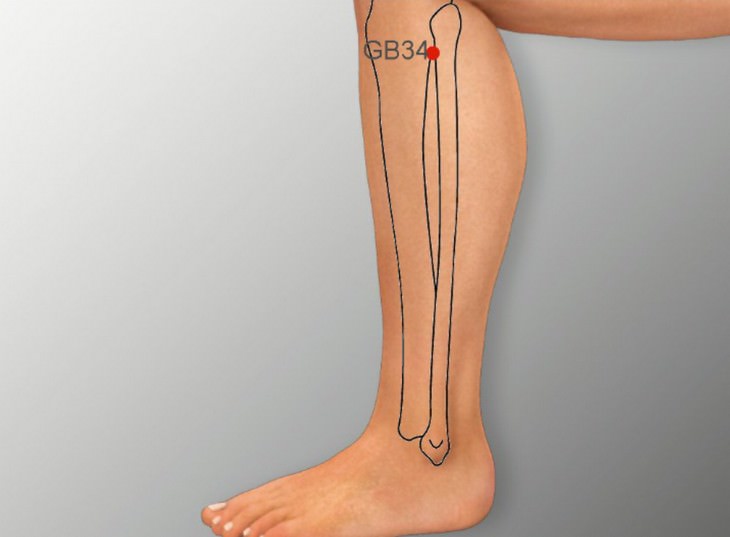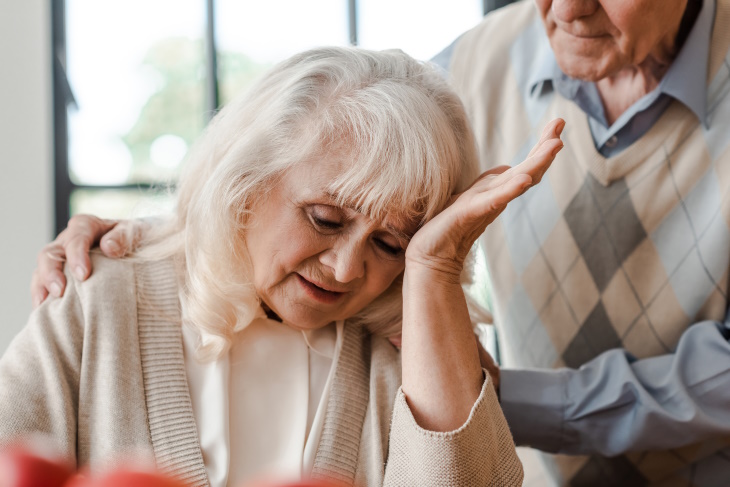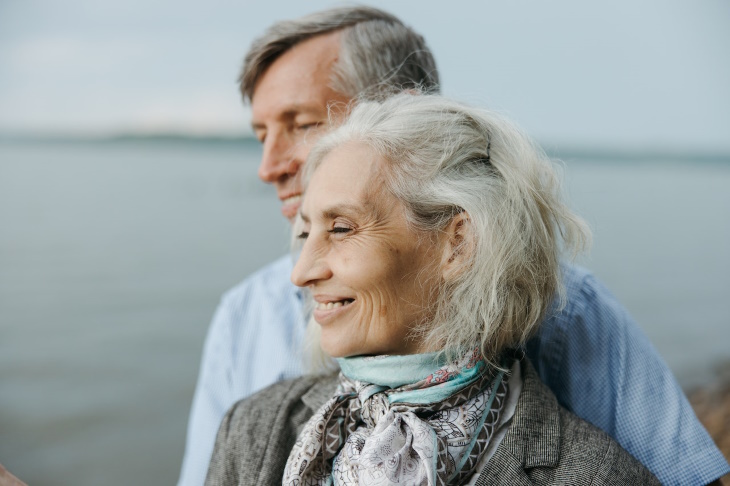Do things like these ever happen to you?
- You
put your keys in a perfect spot. "They're right here on the table," you
think. "Right here on the table." Later, you spend 25 minutes looking
for your keys.
- You need three things at the store: bread, milk, butter. No need to write this down: "A loaf of bread, a container of milk, and a stick of butter. A loaf of bread, a container of milk, and a stick of butter." You get to the store, grab the milk, and you can't for the life of you remember the other two items.
- Your
nephew asks something like: "Uncle Billy, remember when you came to
Gram's house for Thanksgiving, and Uncle Jimmy reached in front of you,
and Gram took out the little toy pig you had when you were kids for when
people had bad manners, and she put it in front of Uncle Jimmy,
but then Uncle Jimmy noticed something Uncle Chris did and moved the pig
in front of him?" Meanwhile, you're thinking to yourself: "Wait, where did I go on Thanksgiving?"
It happens to all of us. (I'll confess all three examples above are mine from real life.)
At
the same time, I've had the chance over the past few years to explore
quite a few things that people can do to improve and sustain their
memories, often based on research in neuroscience. Because, if there's
one thing successful business leaders seem to share as they get older,
it's that fear of losing their memory and other cognitive abilities is
at the top of the list.
Before we forget some of the best of these, let's revisit them in one place.
1. Eat specific foods
This
is a good one to start with, especially because I like the simplest
bits of advice, and adding or emphasizing things in your diet is a
pretty simple one. Specifics:
- Mushrooms. Writing in the Journal of Neurochemistry, Australian scientists
reported last month that a specific type of mushrooms contain an active
compound that "boosts nerve growth and enhances memory." Separately,
Pennsylvania State University researchers found that other types of
mushrooms -- porcini may be the best
-- contain antioxidants that fight medical conditions associated with
aging, like cancer, coronary heart disease, and Alzheimer's disease.
- Dark chocolate and cinnamon. Just to keep going, a few other tasty foods (albeit largely dissonant ones): dark chocolate
(an Italian study suggests dark chocolate provides as much as three
months' cognitive benefit) and cinnamon (a review in Nutritional
Neuroscience of more than 2,600 studies found that cinnamon significantly improves cognitive function.)
- Vegetables of all kinds. A Harvard study
followed the eating habits of 27,842 men over 20 years. Their
conclusions? The ones who ate the most vegetables and fruit -- even
fruit juice -- had less memory loss late in life.
Honestly,
the mushrooms alone would be enough good news for this article for me,
because there's practically no food I don't think it goes with.
2. Build good relationships
We've
seen many times that the key to a happy and fulfilled life is very
likely to focus first on your relationships. And there are so many
simple, practical ways to improve relationship quality.
Perhaps most surprising: Make a habit of auditing your relationships.
Write them down, and categorize the ones that provide value, and the
ones you'd like to improve. It's a lot easier to improve things if you
measure them.
Now, there's research suggesting memory is also impacted by relationships, and that (according to a Baylor College of Medicine study reported in the journal, Neuron), during periods of social isolation,
the most prevalent cells in our brains, known as astrocytes, "become
hyperactive, which in turn suppresses brain circuit function and memory
formation."
3. Improve your environment
Another
easy one: Michigan State University researchers studying Nile grass
rats say they found that rats kept in dimly lit environments lost nearly
a third of capacity in the part of their brains devoted to leaning and
memory, compared with those in brighter environments.
As the study authors put it: "Dim lights are producing dimwits."
And,
I think we can associate this one with the above: A study at the
Chronobiology and Sleep Institute at the University of Pennsylvania
found that even a small sleep deficit leads to correlative "deficits ... in vigilance and episodic memory."
Perhaps
what's most fascinating about the last point is that at a certain level
of sleep deficit, the brain loses the ability to sense just how tired
you actually are.
4. Spend your time wisely
A variety of cognitive-based activities seems to help, among them:
5. Walk backward
Let's
end on this one. I love it because it's so unexpected and quirky. But,
researchers at the University of Roehampton in London came up with the
idea of testing whether simply walking backward could trigger better recall.
Sure
enough, it worked. "Motion-induced past-directed mental time travel
improved mnemonic performance for different types of information," said
one of the study leads. "We have named this a 'mnemonic time-travel
effect.'"
Ironically, I have to
point out, "walking backward" is easier to remember than "motion-induced
past-directed mental time travel."
Labels: 1) walk backward, 2) spend time wisely- hobbies, 3) improve environment, 4) build good relationships, boost memory n learning- simple habits, brain games, forgetting things, reading

